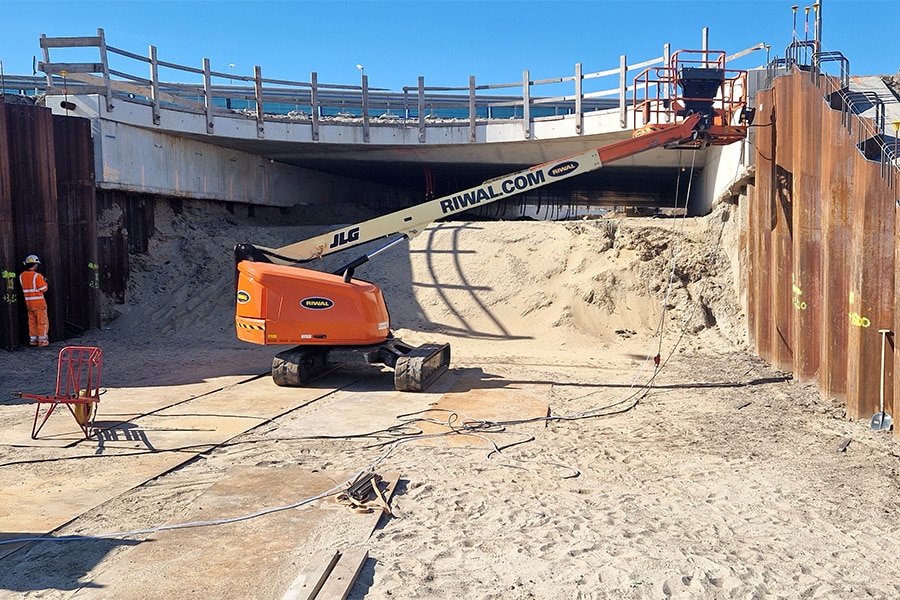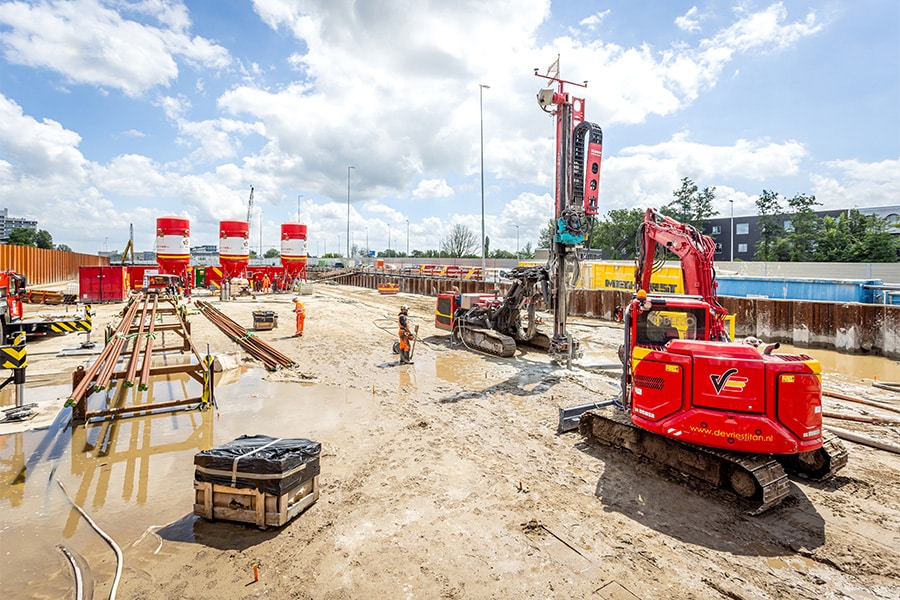
Electric construction equipment: another view of safety
Electrification of construction equipment is a hot topic, stimulated in part by the government, which since this year has provided subsidies for the purchase of zero-emission construction equipment and for the conversion or modification of equipment from diesel to hydrogen or electric. Absolutely a good initiative according to Pieter Visser, General Manager at Aboma Advies, but it also brings with it a different perspective on safety that should not be underestimated.
Groaning and supporting
Yes, there is pressure and yes, there is willingness to go sustainable in the construction column, but there are still a number of "obstacles" to be removed, Visser believes. "Many 'traditional' construction machines are far from being written off and are not always suitable for a one-to-one switch to a different drive technology. In addition, there also needs to be a power supply at the construction site that is also temporary in nature for an infra project because the final situation does not require power. Apart from that, if you apply for an off-take point in North Holland now, you can join the back of the queue and you might have a connection in a year and a half. The grid is full. The capacity being requested is inhibiting the electrification of construction sites. The grid starts groaning and leaning on the peak load caused by the deployment of electric construction equipment and starts "averaging. That often leaves you with less power than you need. Pretty sour when the power goes out because the neighbor goes piling with his electric-powered foundation machine."

Construction Site Equipment
And that's just talking about the intention of creating an electric construction site, Visser continued. "Once it succeeds, you will have to look carefully at the use, environment and conditions in which you deploy electric construction equipment. Take a compact mobile excavator as an example. Suppose, while refueling, fuel is spilled and the machine catches fire. The operator grabs the ABC extinguisher and puts out the fire. How do you extinguish fire at an electric machine? An electric car that catches fire is submerged in a container by the fire department. You can't do that with a 55-ton excavator in the mud. The emergency response at the construction site will have to be set up differently if you start working with electric construction machinery. Noise is also a "thingy. An electric machine is much quieter. So you will have to very clearly separate walking and working traffic, something that at the moment is still quite mixed up. So there are a lot of aspects in the wake of electrifying the construction site, risks that you have to prepare for and act on as a company."
So just replacing the diesel engine won't get you there, Visser warns. "You will have to do a whole new risk inventory and reweigh all aspects and scenarios and match them with what was thought of beforehand. We help companies with that transition to avoid solving one and getting 'free' other risks in return."



